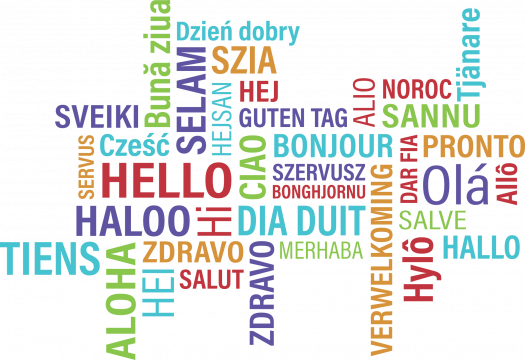Education professionals desire quality resources and information related to dual language learners. In order to provide that, we reached out to Elizabeth D. Peña, Ph.D. at the University of California, Irvine. Dr. Peña, a certified Speech-Language Pathologist, is a professor in the School of Education. She is also an American Speech Language Hearing Association Fellow. Her research focuses include bilingualism, language impairment, language development, and assessment bias & measurement. In this three-part blog series Dr. Peña hopes to answer your questions and help dispel common myths.
What does the literature say about the possibility of a child with a disability becoming confused if they are exposed to two languages?
Children learn the language(s) they are exposed to, and the idea that bilingual children with disabilities can become confused from exposure to two languages is a myth. Children with developmental language disorders (DLD) struggle to learn language; and they struggle to learn more than one language. However, they do not struggle more if exposed to multiple languages, than if they were learning only one language.
Encouraging families to switch to only one language robs children of opportunities to learn in one of their languages. It may cause family networks to weaken if individuals cannot communicate with everyone in their lives. Language is the about expression of complex ideas, making connections, and telling your own story. Exposure to such language is necessary for a child to develop these skills. Thus, if children are encouraged to switch to a language that a parent may not speak well, this may reduce the instances in which children hear rich, complex language.
Are language milestones different for dual language learners?
Yes and no. In general, milestones such as the age at which children use first words and word combinations, acquire vocabulary, and learn grammar are very similar to monolingual children. Children learn their first words around 12 months, can use approximately 50 words by 18 months and begin combining words around age 2.
Children exposed to two languages show the same trajectory as children who are exposed to only one. It is important to recognize that words in both languages must be counted to determine a sum total of words known by the child. Therefore, if a child knows 25 words in one language and 25 words in another language by 18 months, this may look delayed if evaluating one language at a time. The total of 50 words however, is on target for their age. The number of words known in each language is related to how much children hear of each language. They may know 10 words in one and 40 in another and so on. All these combinations are well within the normal range.
It may take a little extra time for children to gain mastery of their grammatical system for a language. This is entirely normal for children who are only exposed to one language and also for children who are exposed to more than one language. However, for children who hear and use more than one language, an increased number of errors in the weaker language (usually the one they hear less of) may occur. Again, this is very typical.
DLD are characterized by extreme difficulty learning the grammatical system. If by age 3 or 4 children are making many grammatical errors in both of their languages (especially leaving out forms, like –ed in walked), this is a cause for concern. If they are making many errors in only one language, this is not worrisome.
What assessment tools are available that can be effectively used with dual language learners? Can you provide weblinks to these tools? In what language should they be assessed?
There are a limited number of tools to assess children who are dual language learners. What is important in evaluating a child’s language ability is to test in both languages. It is difficult to know from the outset which is a child’s stronger or better language and often a child can express ideas in one language that he or she does not express in the other. A child’s two languages are not exactly the same. Thus, it is important to evaluate the child’s ability in both languages.
- Bilingual English Spanish Assessment (BESA)
This test was developed by my colleagues and I in the areas of speech sounds and language (including grammar and vocabulary) of Spanish and English. - Clinical Evaluation of Language Fundamentals (CELF)
- Preschool Language Scales (PLS)
- Dynamic Indicators of Basic Early Literacy (DIBELS) and Indicadores Dinámicos del Éxito en la Lecture (IDEL)
These assessments are used to evaluate reading and writing.
- Assessing Spanish-English Bilingual Preschoolers
This recent book reviews many assessments for use with children who are bilingual in Spanish and English.
To jump to part two in this Ask an Expert series click here.
Image from Pixabay.com, CC0















